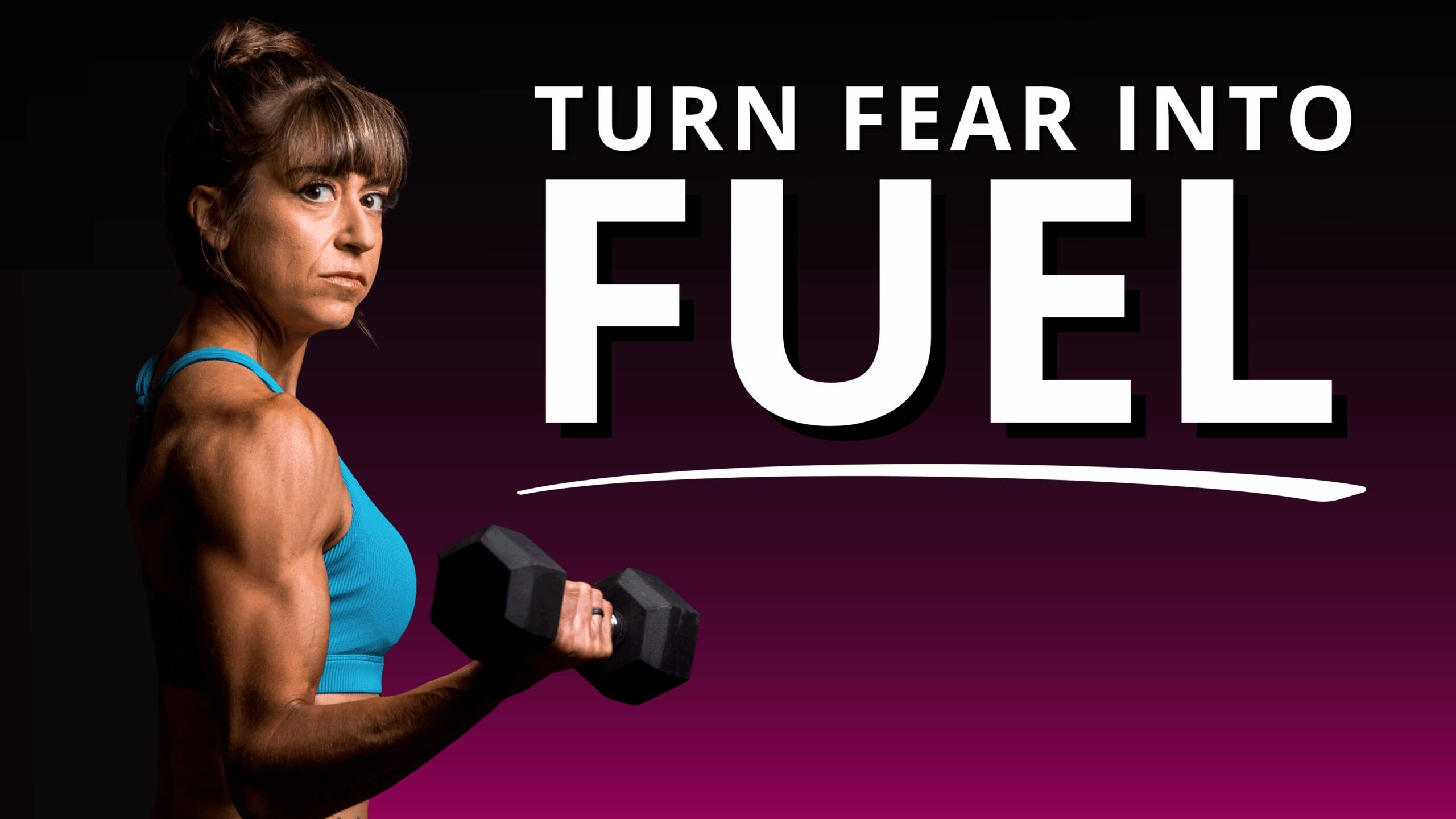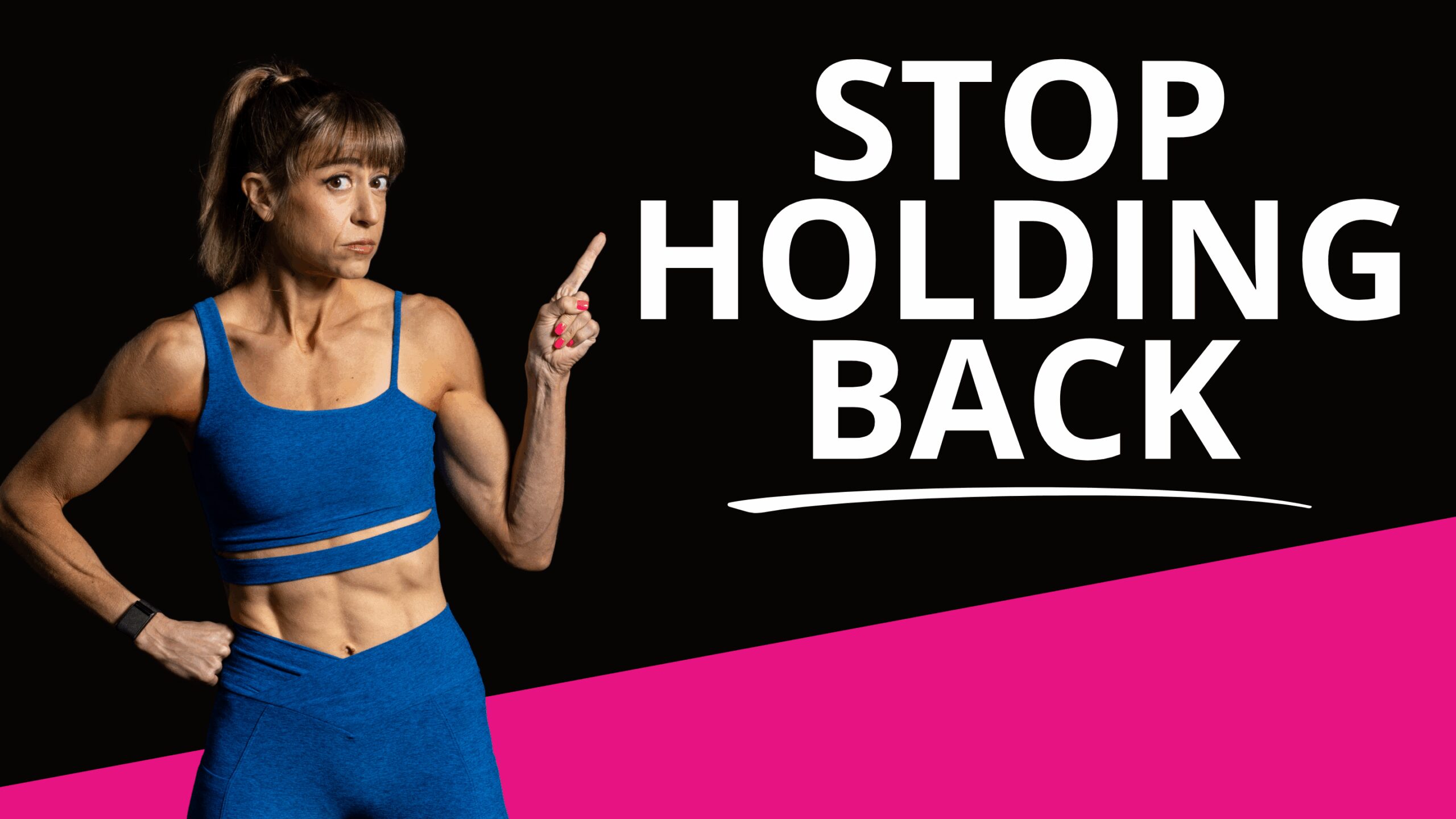If you look at comments on different exercise posts, you can honestly start to believe that EVERY move is bad for you and super dangerous.
But I think too often we simply demonize moves over learning how to use them properly.
Don’t get me wrong, there is risk with every move we include. But honestly there is risk doing any movement in life.
And it really isn’t that moves themselves are bad…it’s that we don’t know how to implement them properly based on our needs and goals.
Not every move will be right for you.
And if you use it when YOU shouldn’t? It may not result in a great outcome.
However, too often we end up injured from a move we SHOULD be including simply because we don’t understand how to create proper recruitment patterns to control it.
We also just get stuck going through the motions or trying to mimic proper form.
We aren’t conscious of what we feel working or how to tweak form to match our needs and goals and builds.
So I wanted to share some tips so you stop avoiding moves and demonizing moves when you actually need to learn how to control them to better avoid injury in every day life!
#1: Ask yourself, “What do I feel working?”
Often I think we don’t realize our own compensations and imbalances or we assess from only one perspective. We also try to mimic proper form, watching ourselves in the mirror.
And while you may look at your form in the mirror and “force” yourself to fit a mold, you may actually be perpetuating the issue by overusing muscles to do so.
So your form may LOOK correct while creating issues, overload and injury.
It’s why we constantly need to assess “WHAT DO I FEEL WORKING?” During moves. This is the best way to make sure our recruitment patterns are correct.
That our usage of moves is optimal.
And don’t think because you’re experienced your recruitment patterns are automatically right. Often the more experienced we are, the more we can cheat and create proper looking movements by overusing muscles that shouldn’t be used.
Often the more we don’t realize how little injuries and such have built up and overload is occurring
So by asking yourself what you feel working, you can tweak moves to meet your needs and avoid the moves causing issues!
#2: Don’t force a movement when it doesn’t feel correct. Look for the “grey.”
If you don’t feel the correct muscles working, look for ways to tweak the moves. Too often we see form only as good and bad, instead of seeing all of the variations we can include to meet our needs and goals.
It’s not that you want to avoid the move to start.
Instead, adjust it.
Try a more vertical shin angle in a lunge or a slight hip hinge if you have knee issues and can’t feel your glutes working.
It can even sometimes change how you CUE a move to yourself to get the correct muscles working.
Often it really does come down to how we implement moves.
We have to be conscious that form is not a one size fits all type thing.
We not only all have different needs and goals but even different builds.
Long femurs and a short torso? You may not be as upright in your squat. And if you try to force that position? You may end up with lower back pain.
You could demonize the squat and avoid it OR you could tweak your form or the variation you use so you don’t end up with back pain and can control this amazing move!
#3: Regress to Progress.
Sometimes we can’t control a move and end up injured because we’ve advanced it faster than we should have. If it is too hard or too much, we may compensate to try to perform a move we aren’t ready for.
Our body wants to complete the task we ask it to do at any cost often.
So if you don’t feel the correct muscles working or you start to notice your form slipping, regress to progress.
Modifying moves so you can really learn to control them can help you build back stronger!
#4: Be ok NOT using a variation but try to tweak before you AVOID.
And while I think too often we jump to avoiding and cutting out moves, we do have to recognize at times we may NEED to cut them out as we build up. Or we may need to use a different variation because it is simply BETTER for us and our needs and goals.
Struggle with back squats due to lower back pain? Maybe as you work to improve your mobility to perform these and strengthen your core, you do goblet squats because they help you brace and control the move.
Or maybe you can’t avoid knee pain with lunges so you don’t do front lunges for a bit but instead use the split squat to learn to control the move.
The point is, you can often TWEAK moves to get the benefits even as you may need to avoid specific variations!
SUMMARY:
Don’t just jump to the conclusion a move is bad or that you should avoid it. Often we just need to learn how to better implement it.
Too often we actually don’t see the gym as a chance to learn to move better so we don’t get injured in every day life.
Learning to control movement patterns is key!
So use the gym as time to learn how to modify and master moves over simply avoiding them!




0 Comments